By Kyla Eastling (CMC ’18)
On December 6th, the Supreme Court ruled on Samsung Electronics Co v. Apple Inc., finding in a unanimous ruling that a previous ruling awarding Apple $399 million in monetary damages from Samsung’s design patent infringement was incorrectly calculated. This was the first time that the Supreme Court heard a case regarding design patents in years, and it is a continuation of a court battle between Apple and Samsung that has been waged since 2011. Though the Court’s decision does not affect what constitutes patent infringement, the decision clarified how damages should be calculated when a court does find companies guilty of design patent infringement. The decision articulated that infringing companies should not be held liable for all profits made off of the product when calculating damages. e Court’s interpretation that companies are not liable for total profits when found in violation will shape the future of business in this globalized age.
Patent protection, both in the United States and globally, is necessary to incentivize innovation and entrepreneurship by ensuring that creators can reap the benefits of their innovative products. As such, patent law can be complicated. There are multiple types of patents with varying degrees of damages for infringement. As is indicated by its title, a design patent protects the visual or physical composition of a product. For example, some of the 11 design patents Samsung was found to have infringed upon in this case were for the rounded corners of their smartphones and the 16 application layout of their smartphone home screen displays. These elements make up what the product looks like, not its function. The function of a product is protected by utility patents.
Both design and utility patents are strict liability laws, meaning that a party does not need to know they are violating patents to be found guilty of violation. Furthermore, when found guilty of either type of violation, only design patent damages are calculated based on the entire profits a company gained from the infringing product. Until this Supreme Court case, total-profit liability has been practiced even in cases where the patent infringement constituted only a minor feature of the product. This is based on the principle of what “drives the sale” of the product, as this element must be protected. For parties like Apple and Samsung, a normal device they produce can include about 250,000 patented features, which can make infringement a likely risk. Accordingly, many large companies who do not want to risk all of their profits have responded by engaging in cross-licensing agreements with other companies. For example, Apple may agree with HTC to use one or more of each other’s patents as a trade so that neither party pays royalties and neither is in violation of patent law.
The Supreme Court decision, however, may change the way patent infringement damages are calculated, and thus how companies cooperate with each other to avoid violations. In the unanimous decision, Justice Sonia Sotomayor argued that in products made of multiple components, like Apple’s and Samsung’s, liability for total profits is less appropriate than liability for the profits of the “specific component that infringed the patent.” This decision supports the idea that the protected component of the product is not always the final product that the consumer buys. This allows companies producing complex products involving multiple patents to protect their final products from paying significant damages relatively insignificant patent infringements. Though in the case of Samsung and Apple the Court left the specific calculation of damages for the lower court to decide, Samsung viewed this as a victory that promotes “creativity, innovation and fair competition in the marketplace” since the ruling safeguards companies’ abilities to build on patents and innovate.
Many tech companies, such as Google, Facebook, and Dell supported Samsung in this case, along with 50 patent law professors. These supporters argued that total-profit damages are counterproductive to the purpose of patent law and that they “devalue” the other potentially hundreds of thousands 250,000 patents within a product by asserting that the single violated patent is responsible for the entire value of the product. On the other hand, many design professionals like Adidas and Tiffany & Co. sided with Apple. These parties claimed that total-profit damages are a necessary measure to protect the innovation that is “the lifeblood of many businesses.” However, even the Federal Circuit Court decision admitted that a total-profit damage policy is incongruous with our modern world.
It is unlikely that smartphone consumers will directly feel the impact of this decision. Further, it is yet to be seen how this ruling will be put into practice for this specific Apple and Samsung battle, or for any future design patent battles. What is clear, however, is that patent law may need a modernizing interpretation like this decision to continue to serve its purpose of punishing those that steal ideas and encouraging innovation.

